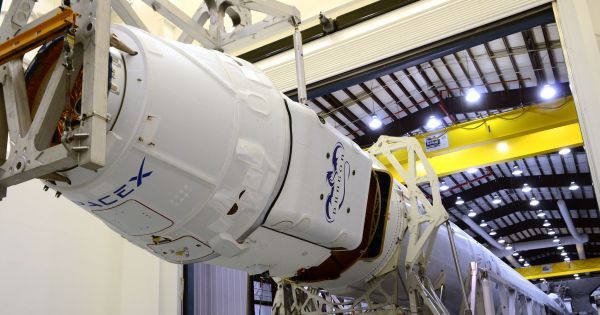Tech startup fund Y Combinator has announced plans for a new basic income trial in the U.S. in which participants receive $1,000 monthly.
Get the latest international news and world events from around the world.

Creating Human Beings from Skin Cells Is Possible
Stem cell research is one of my absolute favorite topics. This amazing field does not only reveal to us how our bodies function and develop, but also holds promising future applications that could help us treat severe diseases, which would not be treated otherwise. However, stem cell research can do more than just treat diseases. In this article, I will highlight the latest scientific breakthroughs to show you how we can turn a simple skin cell into a fully-grown genetically-engineered human being all thanks to the power of stem cells and genetic engineering.
Desperate times call for desperate measures
The field of stem cell research began in 1981 with the discovery of the embryonic stem cells by Martin Evans at Cardiff University, UK. In 1998, stem cells research became a hot topic in the mainstream media after scientists isolated human embryonic stem cells and grew them in the lab for the first time. Due to this breakthrough, stem cell research faced a lot of resistance from the general public. It raised questions about life, consciousness and human rights. At what point does one consider life to begin? If an embryo can develop into an individual, is it justifiable to destroy it or even use it for scientific research? This led the U.S. government to limit the federal funding of research on human embryonic stem cells because these embryos were destroyed in the process.

